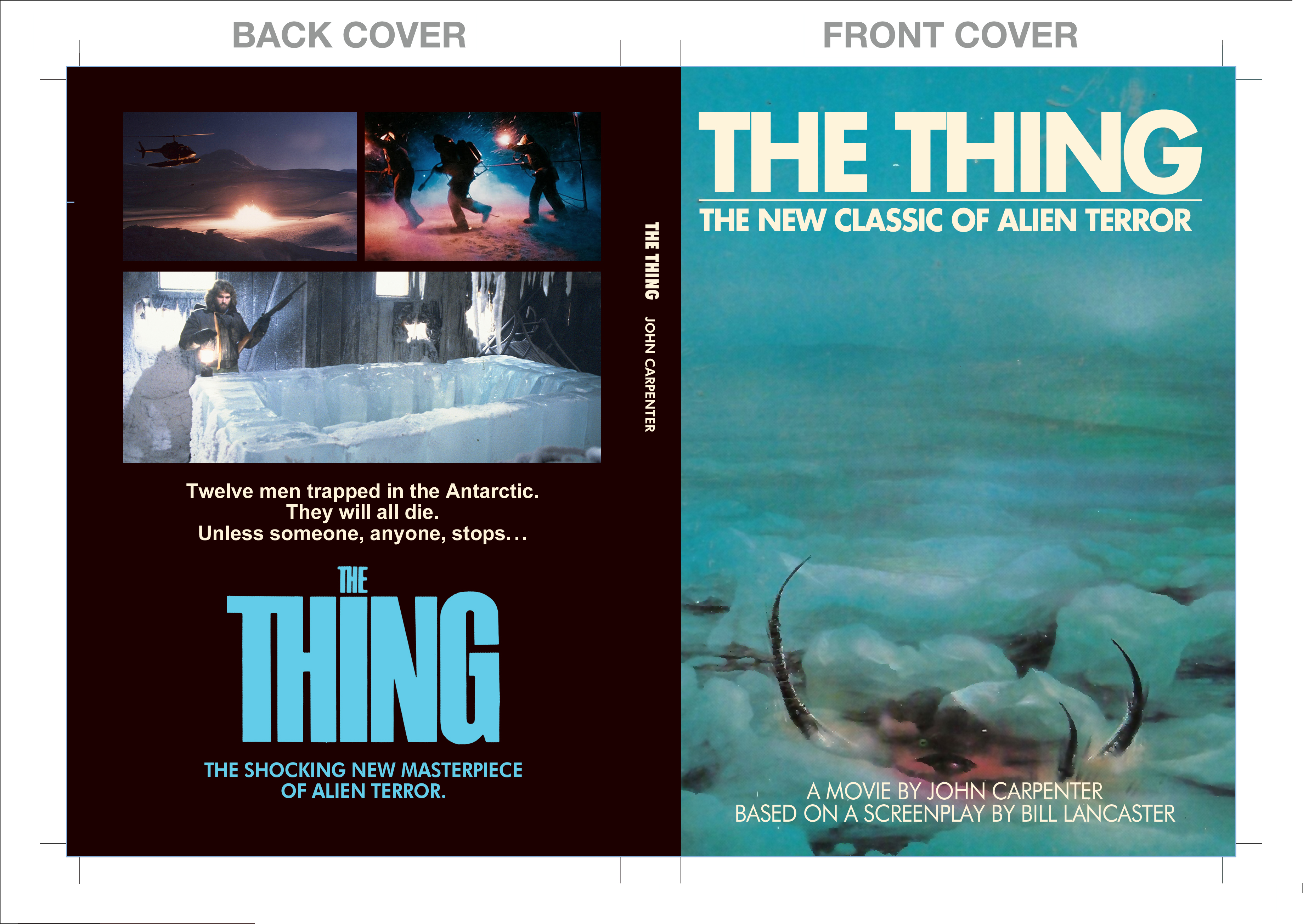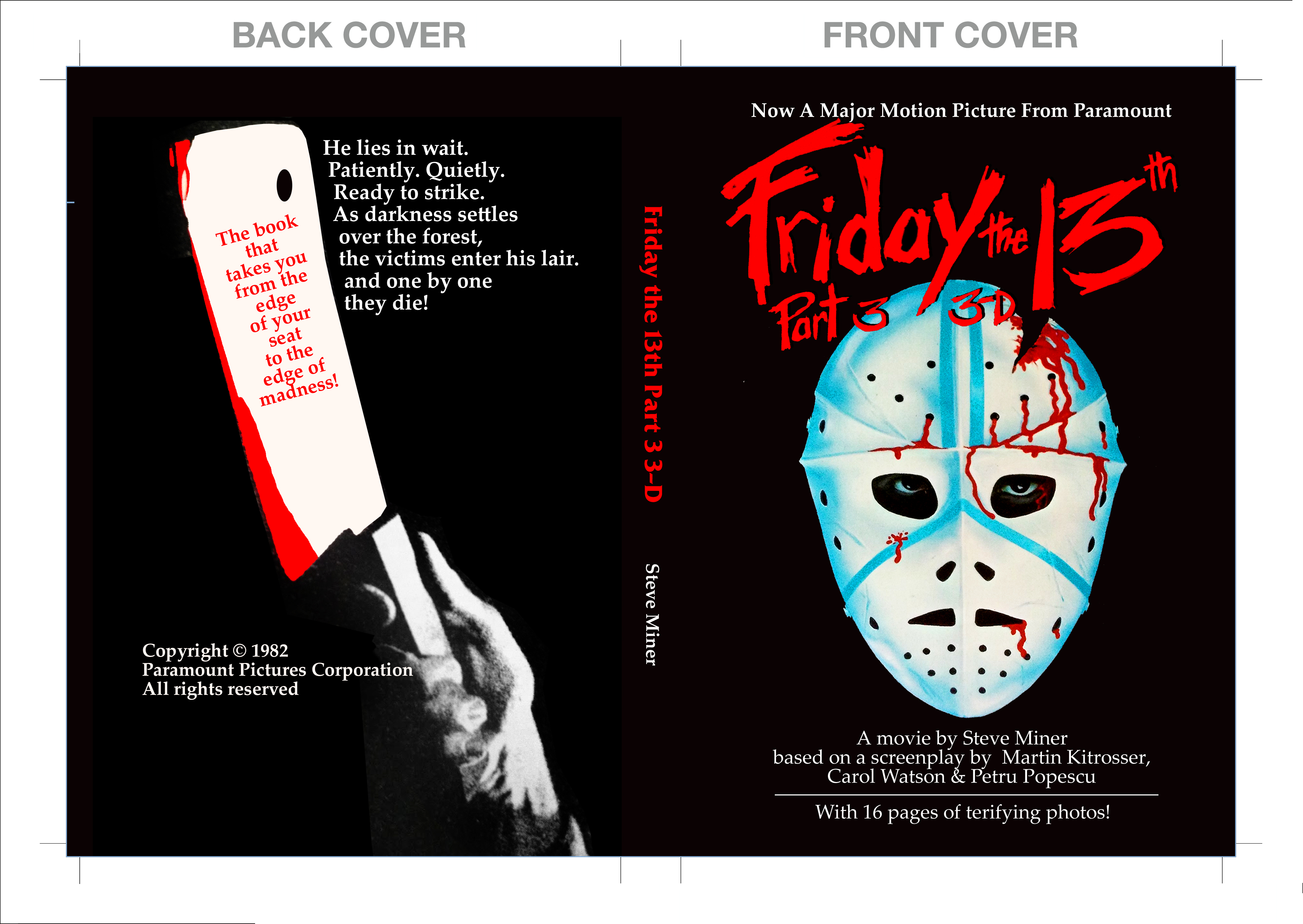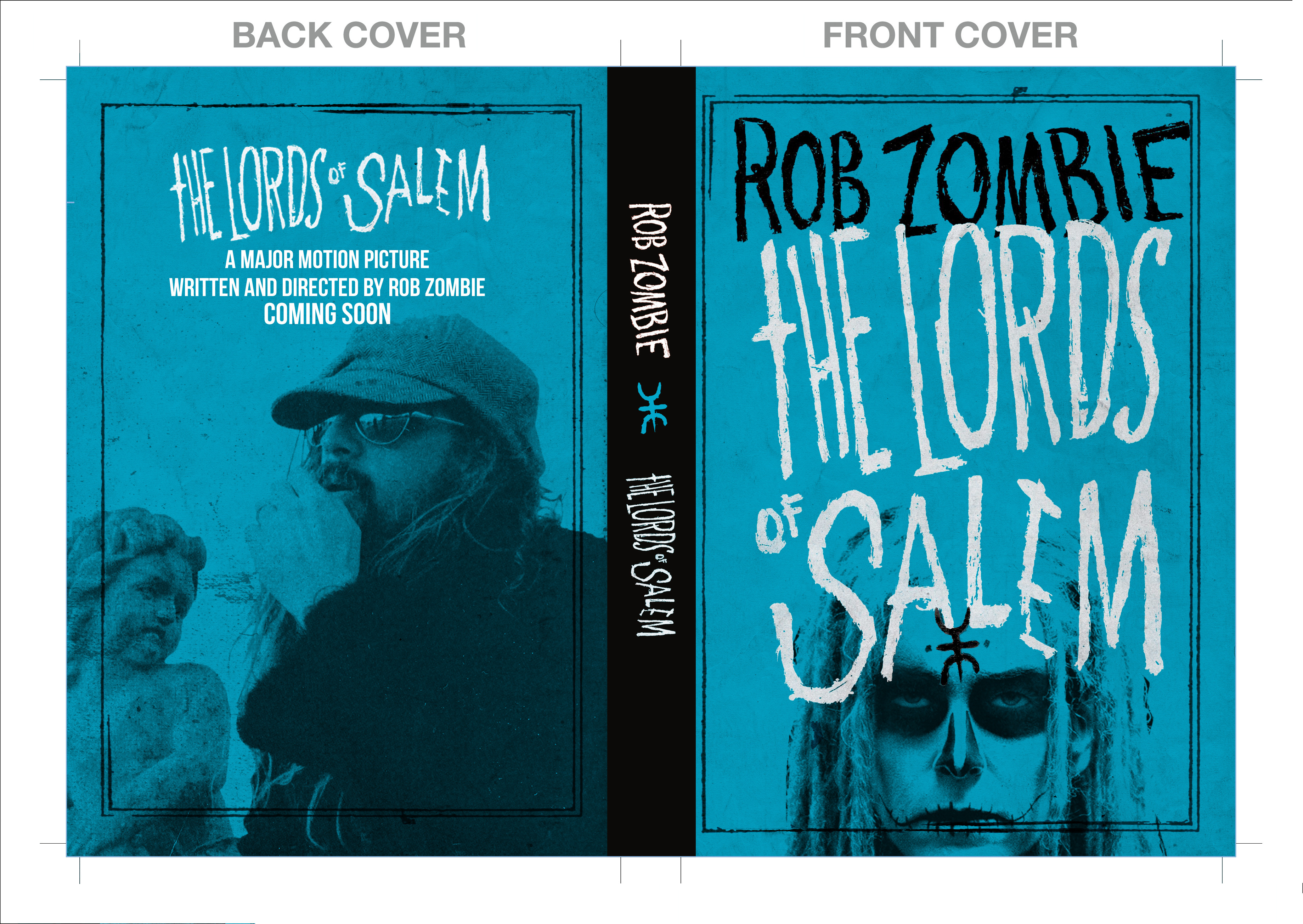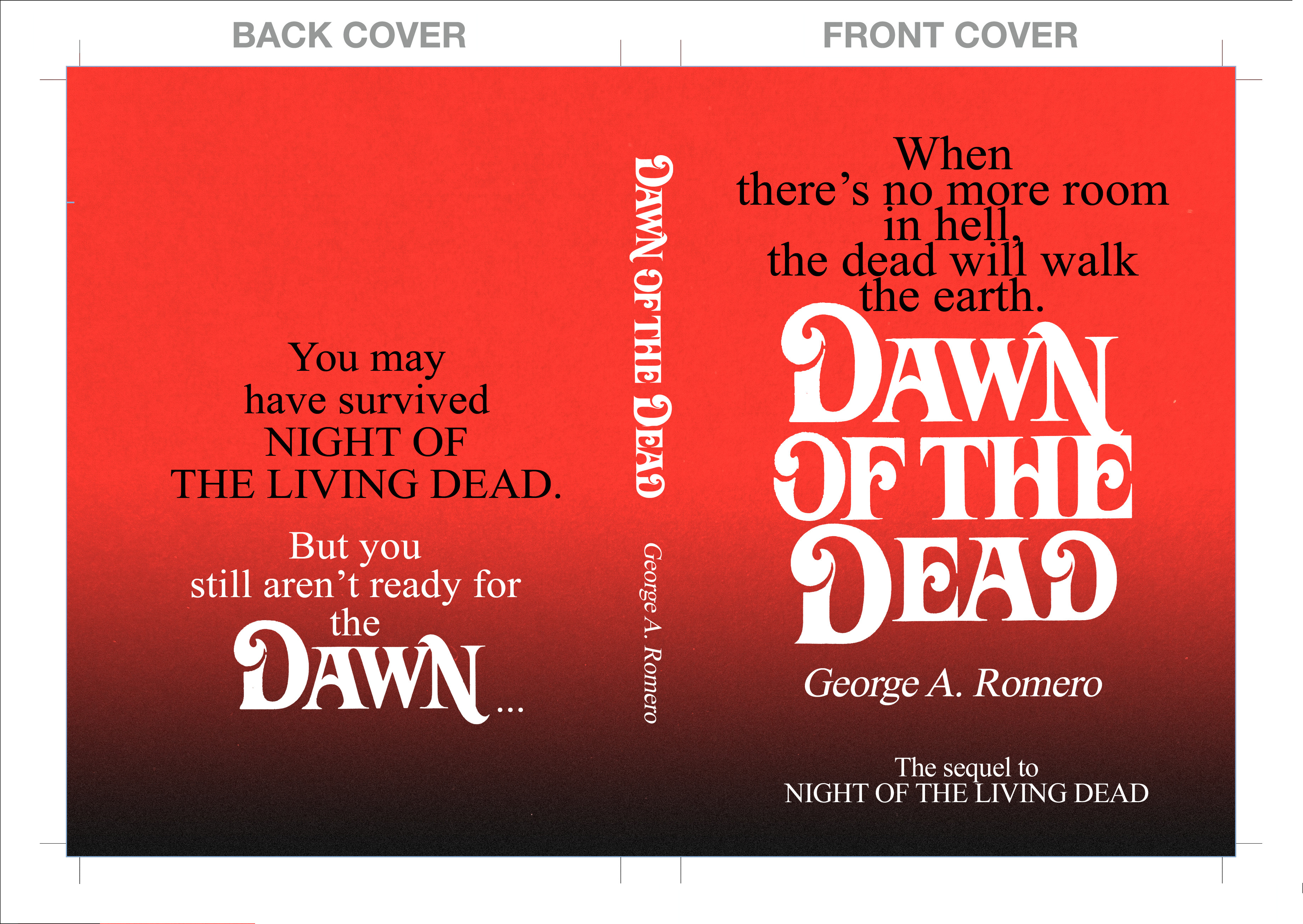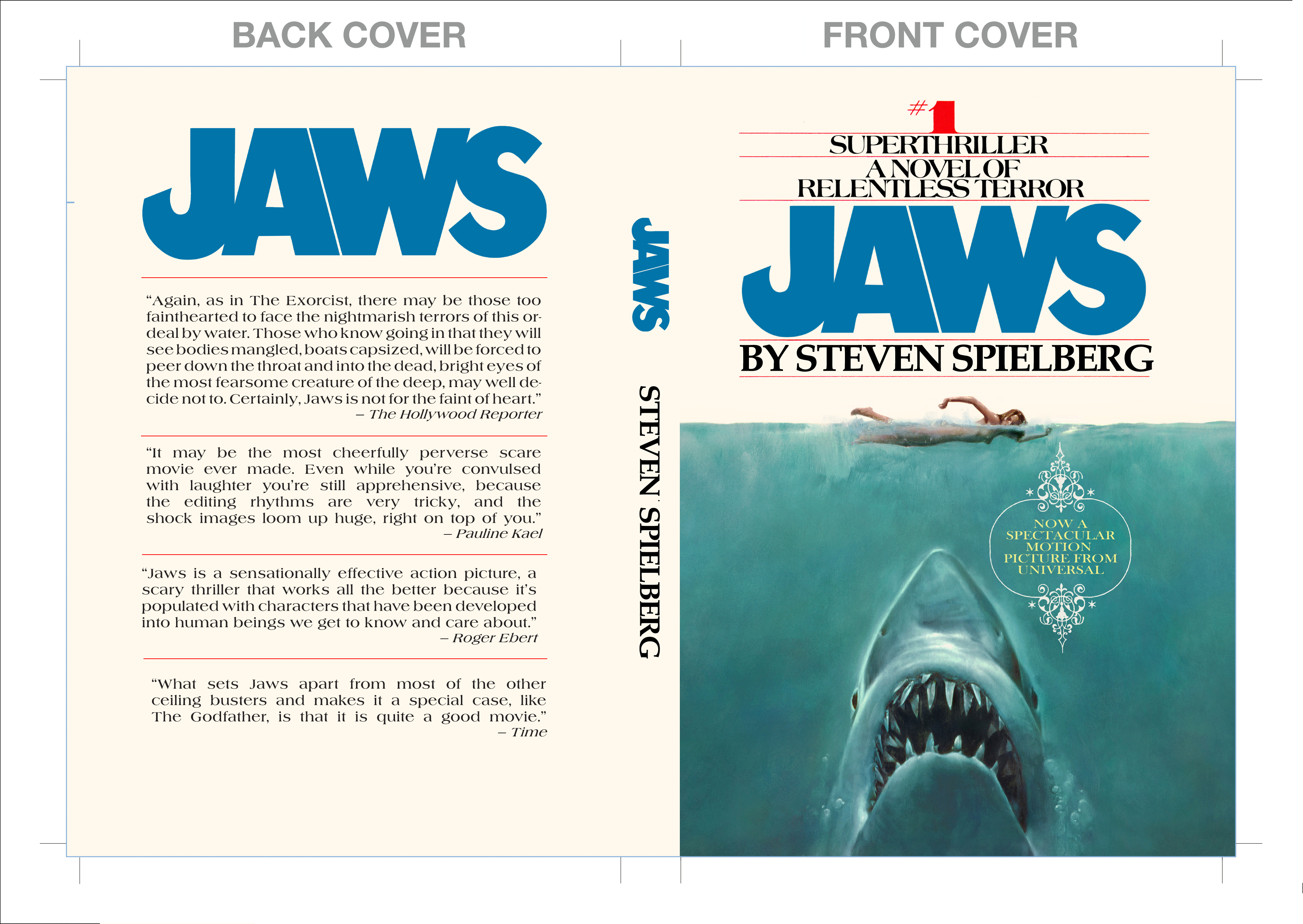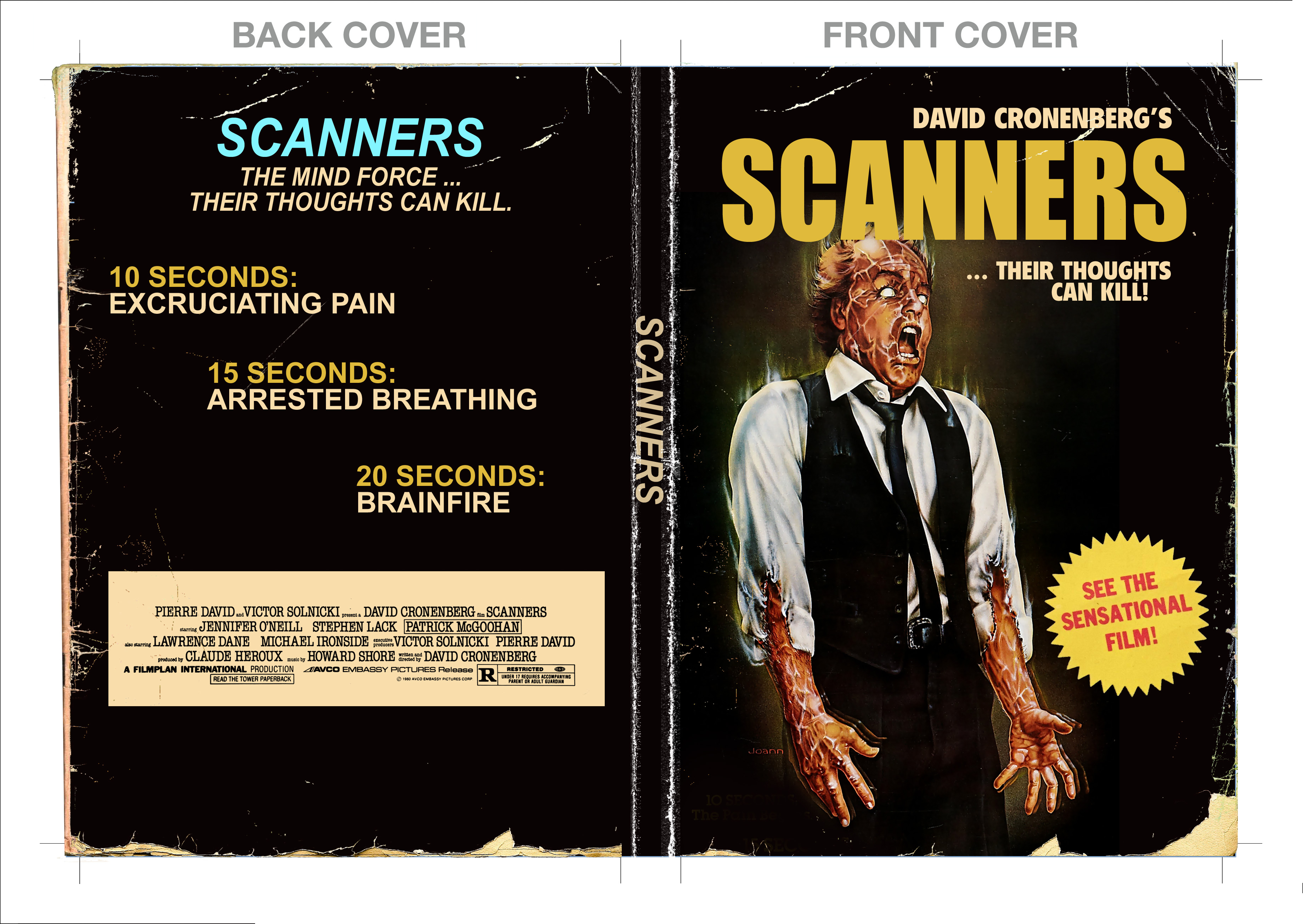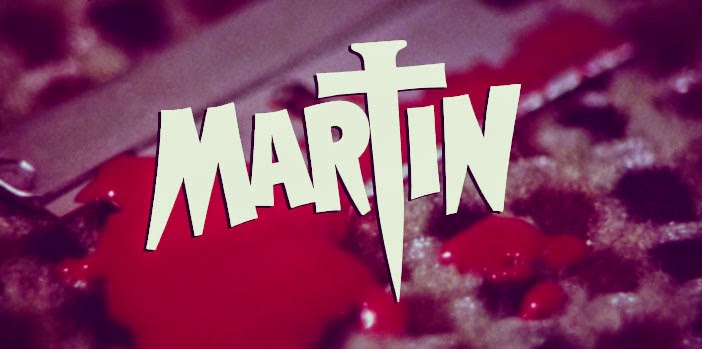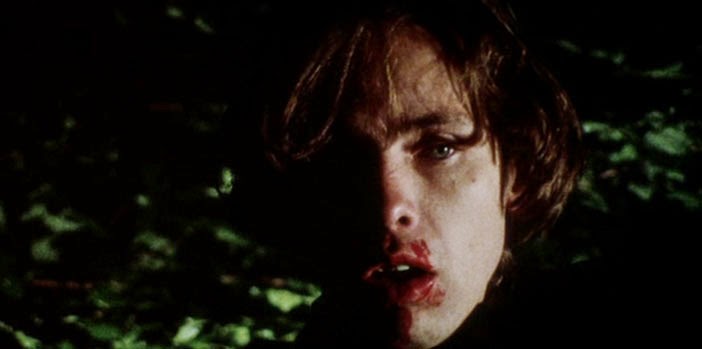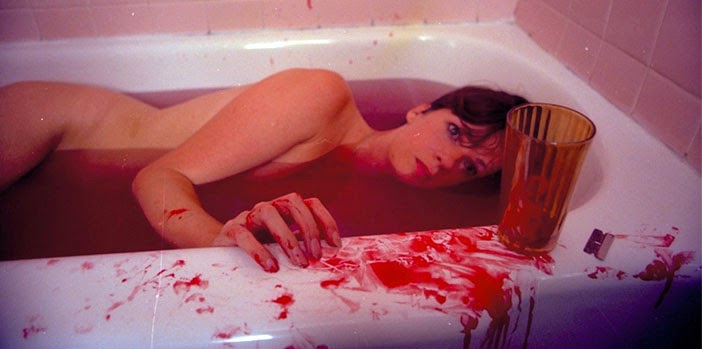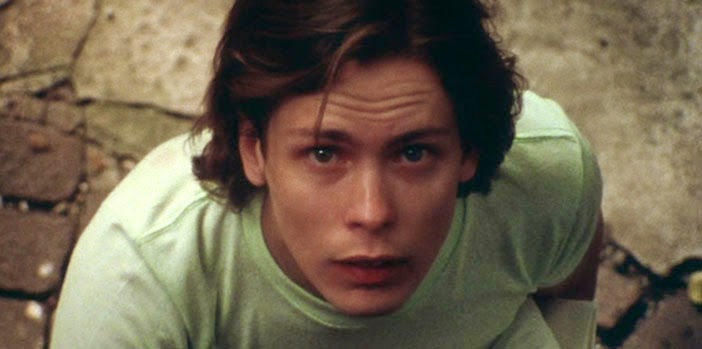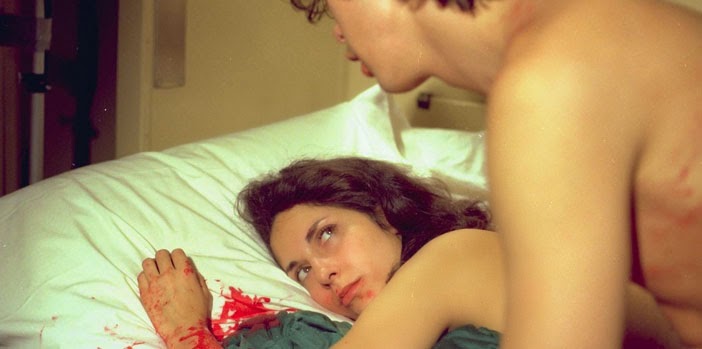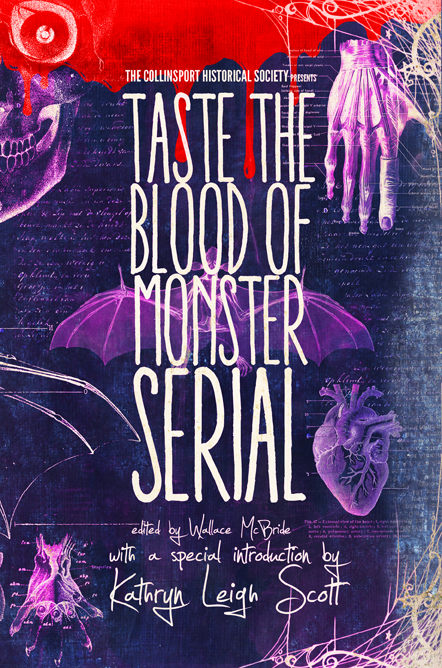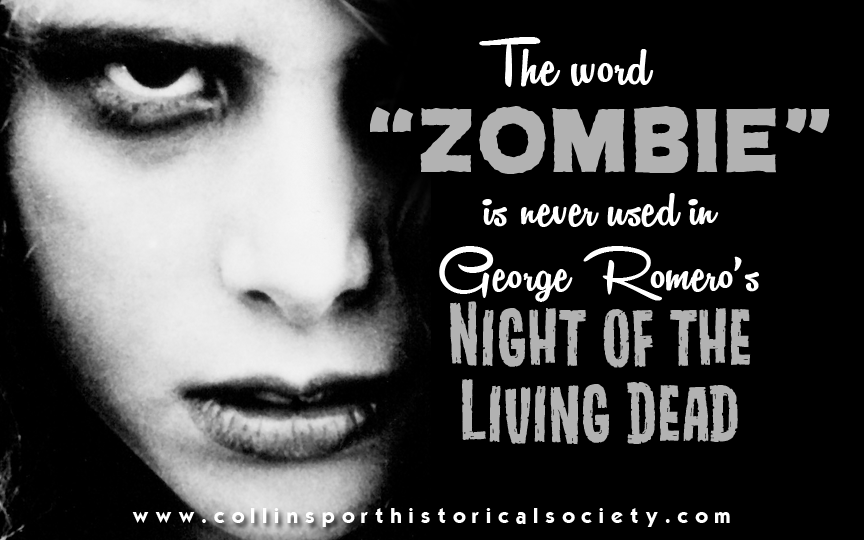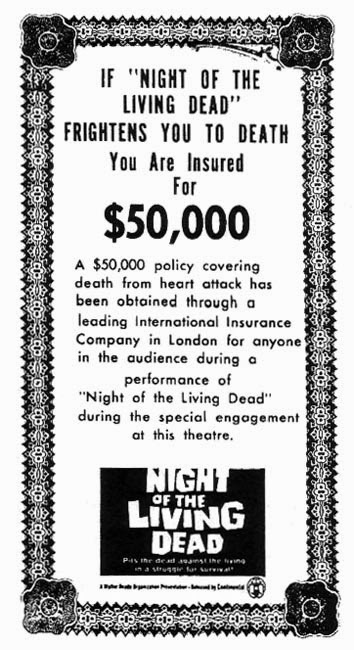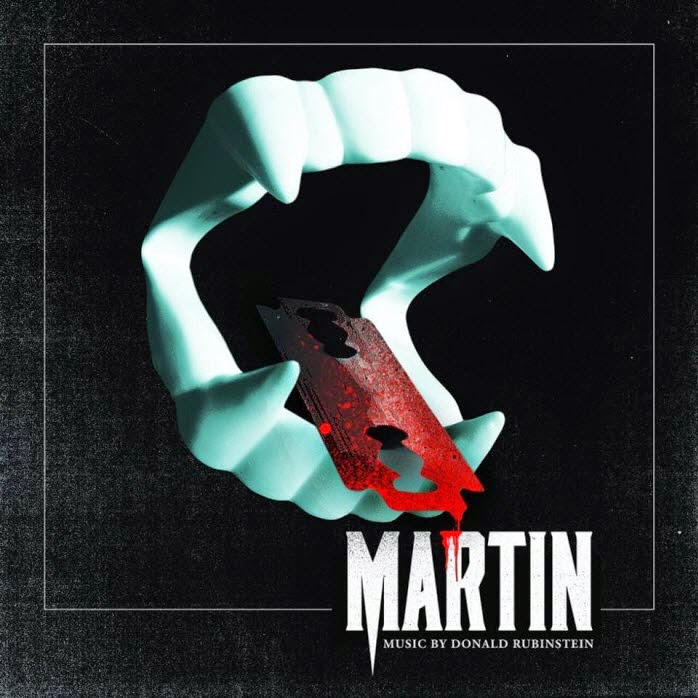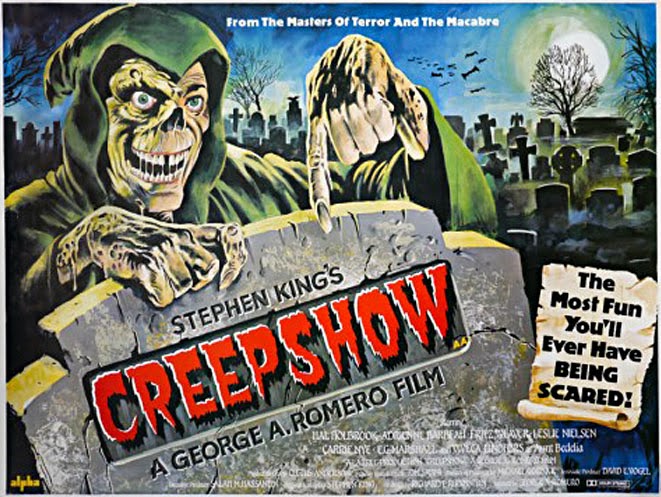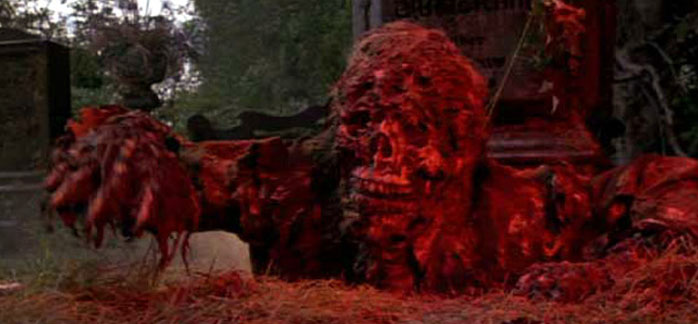Hello, boils and ghouls! October is upon us and that means one thing: HALLOWEEN! While most holidays get a measly day or two of formal recognition, orthodox Monster Kids prefer to celebrate it in the tradition of our people: By watching tons of horror movies. This month at THE COLLINSPORT HISTORICAL SOCIETY, we're going to be discussing some of our favorites every day until Halloween. So, put on your 3-D spex, pop some popcorn and turn out the lights .... because we're going to the movies!
By WALLACE McBRIDE
CREEPSHOW should have been a dream come true for fans of vintage horror comics. Too bad it was released during a rare tsunami of amazing films, crushing its chances for survival back in 1982. When movies like
BLADE RUNNER,
TRON and
THE THING can bomb, what hope does a little movie like CREEPSHOW have?
Even without the year's stiff competition, horror anthologies are a tough sell. Audiences rarely have the patience to sit through a film that introduces new stories and characters every 25 minutes and it doesn't really matter how much talent you throw at the problem. Whether it's
GRINDHOUSE,
FANTASIA or
TWILIGHT ZONE: THE MOVIE, an anthology film just looks too much like a primetime block of television programming for some people. Those who stayed home to watch
JOANIE LOVES CHACHI back in 1982 missed out on a real gem, though. CREEPSHOW is not only one of the better films to have writer Stephen King’s name attached to it, but one of the best to appear in director George Romero’s list of credits, as well.
CREEPSHOW adapts a fictitious comicbook made up of five short vignettes. As with E.C.'s
TALES FROM THE CRYPT, most of the stories are Old Testament-style parables: A character does something incredibly rotten, and gets an ironic comeuppance in the end. It's a pretty basic formula.
Even so, the five stories that make up CREEPSHOW are all incredibly distinct. Romero put a lot of time into developing highly individual stories, and then populated them with the kinds of actors you usually don't see in this kind of campy homage. You could waste an evening arguing over who turns in the best performance here. Is it the testicle-destroying bitch goddess played by
Adrienne Barbeau? The ridiculous moron played by
Ed Harris. The Dickensian one-man show staged by
E.G. Marshall in the movie's final tale?
For my money, the best performance comes from none other than
Stephen King. While I doubt he spends a lot of time bragging about it, his performance has the kind of warped inspiration of someone who has no idea what they're doing. The illiterate hillbilly played by King in the movie's second act certainly didn't call for an actor like Daniel Day-Lewis (though that would be awesome, now that I think about it) but still required an actor with a tremendous amount of charisma. When there's only one actor on screen, the audience damn well better like him.
King's performance also reveals the true soul of CREEPSHOW. Even though it looks and behaves like a horror movie, the film is really a comedy that just happens to use a lot of red Karo syrup.
There are few giggles in the film's opening tale, FATHER'S DAY, which turns the moralistic subtext of E.C. Comics on its head. Murdered by his daughter decades earlier, the cruel patriarch of a wealthy family returns from the dead to do some bad shit to his descendents. While the people who suffer in this story are mostly unlikeable, it's hard to justify their gruesome fates, or the story's downer ending. Part of me thinks this is King fucking with audience expectations. In their day, E.C.'s many horror titles were defamed as being mindless, nihilist entertainment with no social value, and FATHER'S DAY is certainly that. Gloriously so, in fact.
The second feature, THE LONESOME DEATH OF JORDY VERRILL, is centered on King's
Garrison Keillor-meets-HEE HAW performance as the story's title character. There's not a scene in this episode that doesn't include the writer, though there are a few brief appearances by actor
Bingo O'Malley (god have mercy on his parents) in various roles, as well as an uncredited turn by BATTLESTAR GALATICA's original Baltar,
John Colicos. Contaminated by oozing from a meteor that's crashed on his farm, King spends the evening watching as an alien fungus slowly spreads across his body. It's a funny performance from King, but one that's still manages to be incredibly sad. It's also the last time in the movie that evil will prevail. More or less.
The third story, titled SOMETHING TO TIDE YOU OVER, is the most sluggish of the bunch, but it’s also the most cruel.
Leslie Nielsen plays one of the film's many rich bastards, this time a man seeking revenge on his wife and her lover. His plan? To bury them up to their necks in the sand and wait for the tide to roll in. It takes a while for this story to get to the point, but that doesn't make the sadistic exchange between Nielsen and
Ted Danson any less disturbing to watch.

THE CRATE is easily CREEPSHOW's crown jewel. A college janitor discovers a 159-year-old box stashed under a stairway at the school. Inside is a monster with an insatiable appetite. For one professor, the discovery is about something more than professional accolades, and provides him with the opportunity to get rid of an abusive, obnoxious wife.
I don't know if the sequencing of the stories that compose CREEPSHOW remained unchanged from script to editing, but placing THE CRATE so near the end of the movie shows a deft approach to pacing. The contrast between camp and realism even reaches its most distant divide in this segment, and relies less on the "comicbook" color palette than the previous tales. It's both
more and
less stylized than the other stories in the film, which makes it feel more ... legitimate, maybe? Cinematic?
THEY'RE CREEPING UP ON YOU is the most controversial segment of the film. E.G. Marshall plays a reclusive, Howard Hughes-type germaphobe who's created a sterile, perfectly isolated living space for himself. It’s also a place where he can hide away from his many misdeeds, until the widow of a former business partner begins to harass him via telephone. Marshall is the only actor to appear on screen in the film, playing a character so hateful that you can't wait for him kick off. More than a few people have come to regret the character's demise, though, because it involves about 10,000 live cockroaches.
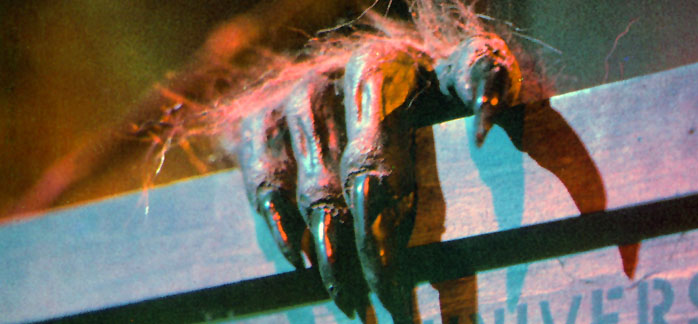
It's the most subtle story of the film, and maybe even the laziest. The story builds to a single moment of shock and, when it happens, it's something designed to play off audience phobias. The story also lacks the color and flair of the previous episodes, but there's something to be said for its patience. It's not a bad story, exactly ... just one that feels like it would have been more at home on Romero's later television series,
TALES FROM THE DARKSIDE.
The anthology is bookended by the most sinister story of the bunch. A child, played by King’s oldest son Joseph King (now a best-selling writer himself, under the pen name
Joe Hill) uses a toy ordered from the back pages of the Creepshow comic to exact revenge on his father for throwing away his favorite funnybook. The segment also features cameos by
Tom “Thrill Me” Atkins and effects artist
Tom Savini. I don’t think many horror fans will take issue with the many zombies, monsters and premeditated murders of CREEPSHOW. But the closing scene, which involves a son killing his father over a comicbook, might be a bit much for some people.
(WALLACE McBRIDE is the editor of THE COLLINSPORT HISTORICAL SOCIETY.)

